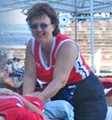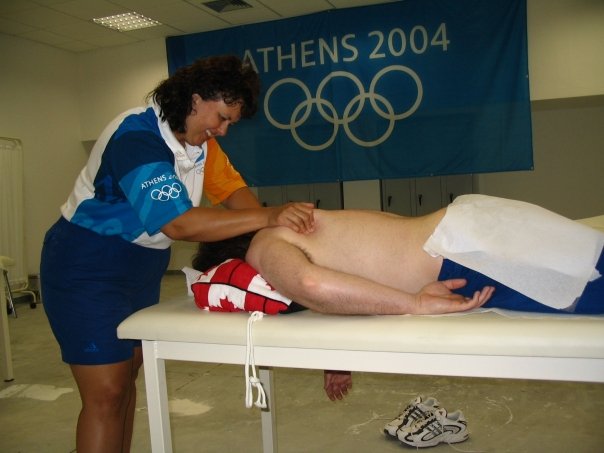Specialized Therapy Clinic
Massage Therapy & Sport Massage Therapy
Comprehensive health management
Massage therapy is one of the oldest methods of healing, as the practice of therapeutic massage can be traced back nearly 4,000 years. Statistics from both Health Canada 1 and the American Massage Therapy Association 2 show that millions of North Americans use it today. Massage Therapy is the manipulation of the soft tissues of the body with the purpose of eliciting a physiological effect. It can be effectively used to decrease and manage muscle and joint pain, soreness and tension as well as to improve general mobility and promote relaxation. Therapists use various techniques to improve muscle tone, circulation, and lymphatic function. Massage Therapy can be used in the rehabilitation of many conditions and injuries.
Massage therapy refers to a comprehensive health management strategy focusing on the application of various techniques to positively affect the soft tissues and joints of the body. Massage techniques most commonly include pressure and compression, kneading, friction and mobilizing to improve the health and condition of the muscles, tendons, skin, fascia or connective tissue of the body.
Conditions that Benefit from Massage Therapy include but are not exclusive to :
Whiplash
Motor Vehicle Accidents
Sports injuries & performance
Neck & Back Strain
General Muscle Tension
Headaches
Tendonitis
Joint & Muscle Pain due to Pregnancy
And more!!

Connie is a Certified Level III, Sport Massage Therapist with the Canadian Sport Massage Therapy Association (CSMTA). Sport Massage Therapy is applied through restoration/training and preventative massage, treatment/injury care, pre-event and post-event massage. Sport Massage is primarily performed on-site at an event or at the host or team health care clinic. Local teams, clubs and individual athletes can benefit from sport massage therapy delivered by fully trained Sport Massage Therapists.Therapists should be Certified members of the Canadian Sport Massage Therapists Association (CSMTA ) These therapists work successfully with athletes from the grassroots to the elite level.
TRAINING massage focuses on the prevention of developing chronic injuries and aids in the healing process of current ones.
INJURY CARE AND TREATMENT focuses on the recovery of an injury. Sport Massage aids in a speedier recovery by increasing the circulation in the area, increasing range of motion. An athlete can begin treatment immediately - treatment begins lightly and with flushing – working into a gradual increase as things improve. Exercises are provided as tolerated and required.
PREVENTION OF INJURY: regular Sport Massage aids in the reduction of injury to the muscles and tendons. If injuries do occur, muscles that have been massaged regularly, tend to recover quicker.
REDUCES the strain and discomfort of training and chronic strain patterns. allowing a quicker return to maximum training levels.
ENABLES the athlete to recover more quickly from myofascial injury with less chance of chronic problems returning.
PROVIDES psychological boosts to the athlete, consistent with his or her commitment to high performance.
ENHANCES a preventive approach to athletic training whereby soft tissues are free of trigger points and adhesions, thus contributing toward the improvement of peak neuromuscular functioning.
PRE-EVENT massage stimulates circulation, calms nervous tension, and prepares the athlete for optimal performance while reducing the chances of injury.
POST-EVENT massage helps in recovery from hard training and competition.

Today massage is thought of as a holistic therapy that complements medical treatment. The "Physician's Guide to Therapeutic Massage" shows that massage can decrease pain, improve range of motion, improve mood, aid in the circulation of blood and lymph flow, reduce muscle and joint soreness, and improve sleep. Connie is a Member of the Massage Therapists Association of Alberta (MTAA).
1 Health Canada (2003)Health Policy Research Bulletin. Retrieved May 10, 2005, from http://www.hc-sc.gc.ca/iacb-dgiac/arad-draa/english/rmdd/bulletin/mainstream.html#page6
2 American Massage Therapy Association. (2001). Massage Therapy Consumer Fact Sheet